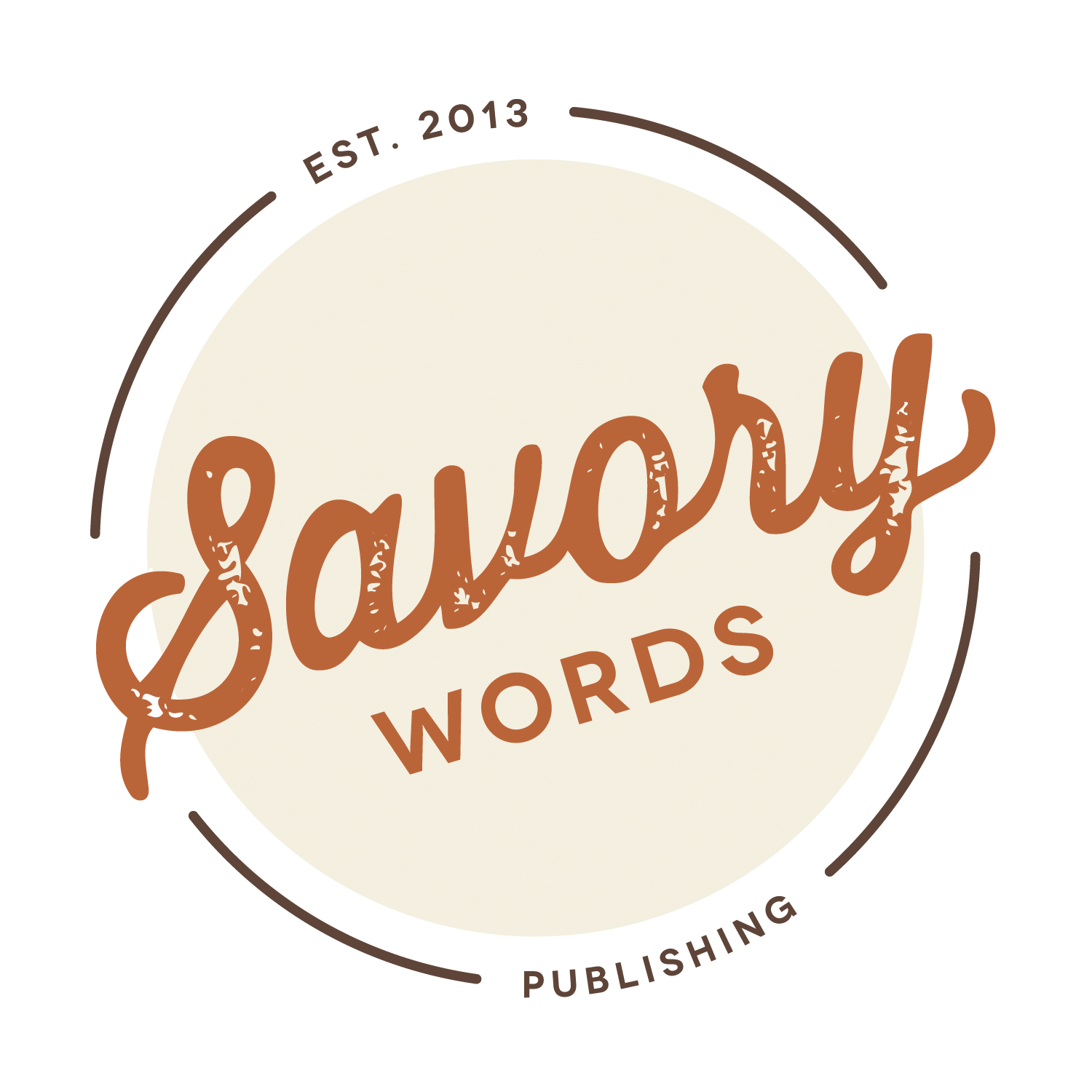Understanding the anatomy of a book
As an aspiring author, it’s good to know certain terms for a book. A book is a lot more than pages inside a cover! There are quite a few more pieces, so let’s take a quick look at the anatomy of a book.
COVER (Front and back): Contains a design, book information, synopsis, etc., and a bar code with ISBN. Some books include prices, testimonials, and/or reviews on the cover.
SPINE: The width of your book pages. It includes title and author information, sometimes a logo. This also depends on how many pages your book is; if it’s a shorter book, there might not be enough room for the title.
INTERIOR OF A BOOK (often referred to as a book block): Everything between the covers, including front and back matter.
Front Matter
Title Page: Lists the book title, author name, and publisher information. This information is always on the right hand page.
Colophon: Often found on the left page after the title page, this page typically lists copyright information, publisher information, and the ISBN.
Dedication, Preface, Acknowledgements, and/or Author’s Note: Such pages typically include personal insights from the author and/or other people close to the author or subject. Acknowledgements may be placed at the end of the book instead.
Table of Contents: Lists all the contents with page numbers.
Chapters: Each chapter should begin on a right hand page.
Back Matter
Appendices, Notes, or Bibliography: Depending on the type of book you write, this is where all the references and extra information go.
Author Biography: A short blurb about the author. Sometimes a photograph is included.
There are a few other things such as flyleaf pages (blank pages at the start and end of a book), and design elements, but generally, these are what goes into a book. There are many industry standards that a publisher adheres to such as gutter size, which side of a book a new chapter begins on, margins, and so on. This is a benefit of working with Savory Words Publishing — there’s no need to worry about all of these important details, since everything is taken care of for you.
Even though we’ve got the details covered, we want to ensure that authors are involved at every step of the process. This is why we make sure they know everything, including what a book is comprised of.

